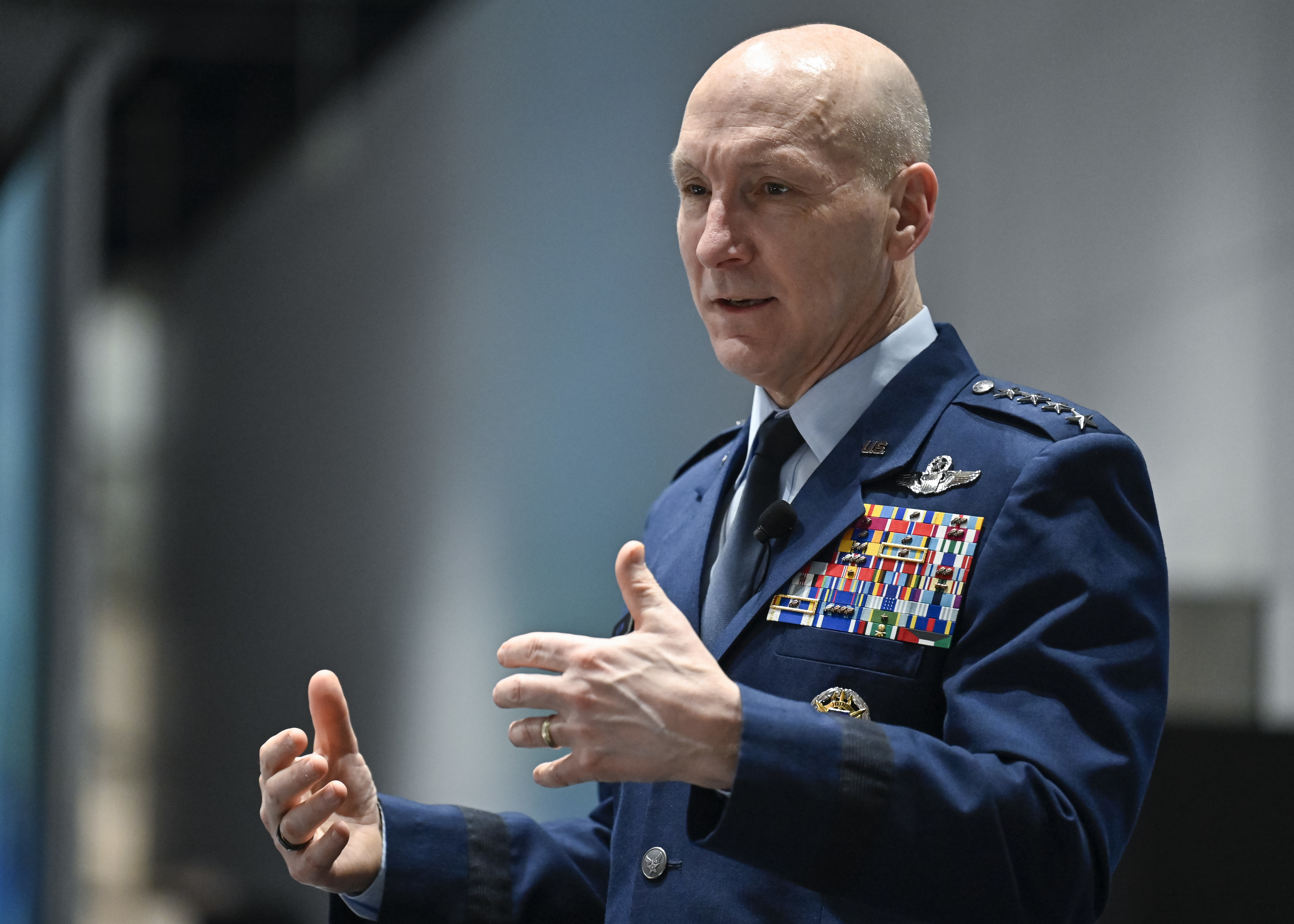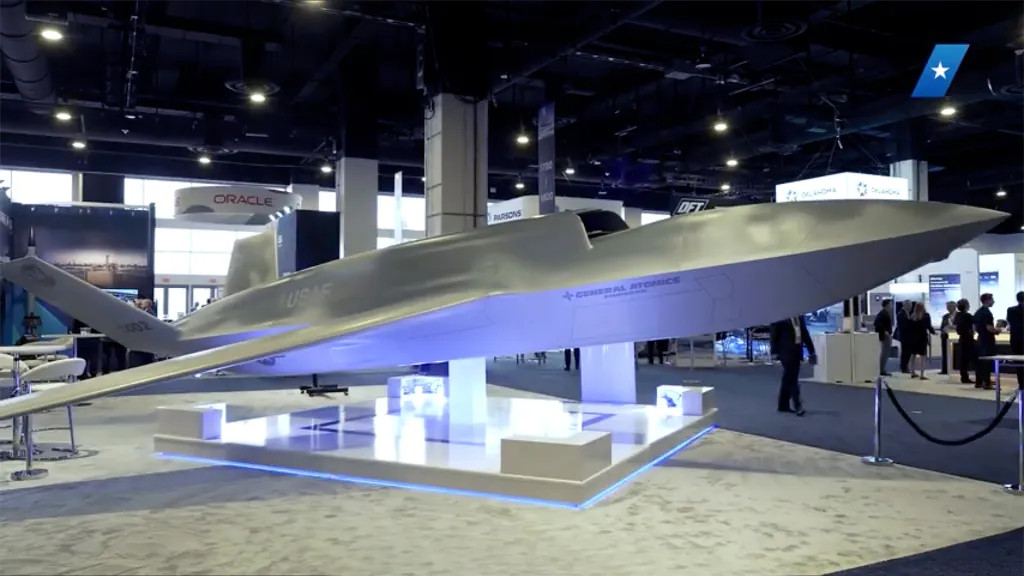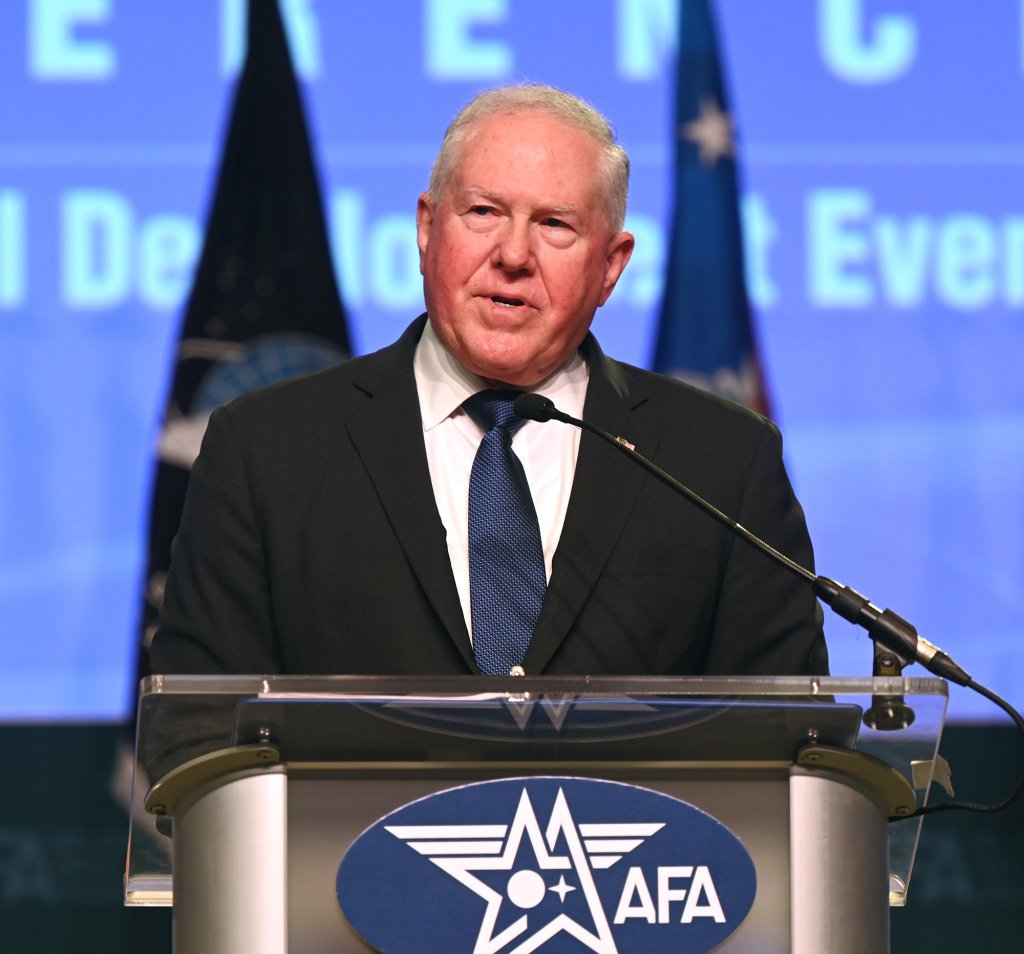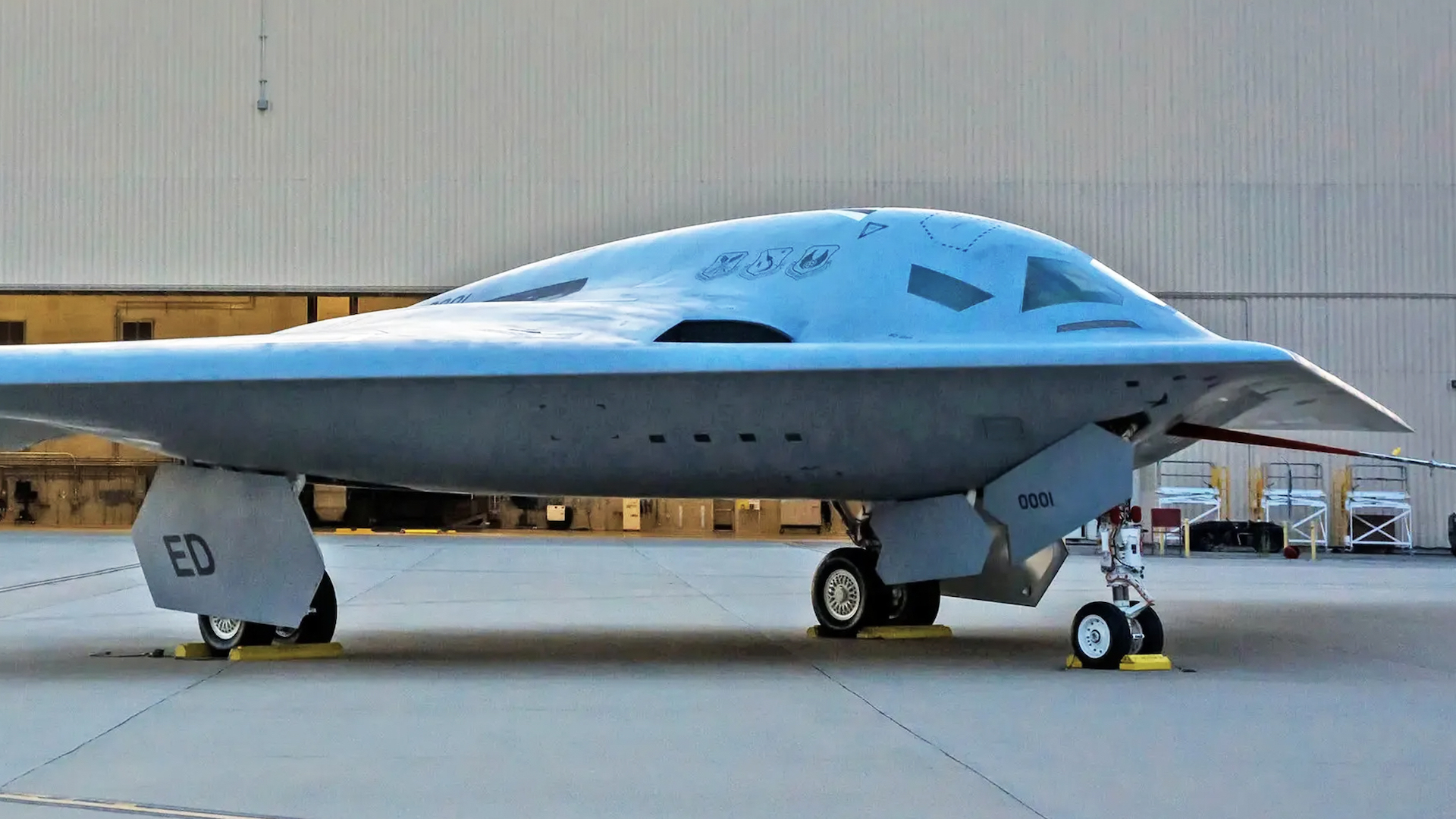Should the U.S. Air Force want to buy more of the new B-21 Raider stealth bombers more quickly, it would be able to draw upon capacity that’s built into the production effort, the boss of Air Force Global Strike Command (AFGSC) has confirmed. The disclosure comes as the Air Force increasingly looks at the size of the future Raider fleet, something that is influenced by other new-generation air combat programs, as well as drone developments, and broader budgetary concerns.
“If the Department of the Air Force, the Department of Defense, or Congress directs an accelerated ramp … for the B-21 program, there’s some capability growth within the current complex,” Gen. Thomas A. Bussiere noted, during an event hosted by the Air & Space Forces Association’s Mitchell Institute for Aerospace Studies, yesterday.

Bussiere was responding to a question about the possibility of ramping up B-21 production, including whether other contractors could become involved, in addition to Northrop Grumman.
The AFGSC boss said he thought “the most efficient way” of expanding production would likely “require opening up another production complex” with Northrop Grumman.
However, Bussiere’s response does suggest that there is now not only a possibility of making more B-21s but that there is also some kind of additional capacity for a production ramp-up already.
The Air Force’s publicly stated plan has long been to buy at least 100 Raiders.
However, as we have talked about in the past, there is the potential that the B-21 force could ultimately become significantly bigger, and this broader topic is the subject of high-level discussion right now.

Bussiere thinks now is the right time to “reevaluate” both the B-21 production total and the rate at which they are procured, noting that the rapidly changing security environment means there will be a greater need for the “exquisite” capabilities offered by the stealth bomber.
“Who would not want more?” he asked.
Noting again that the program of record calls for “at least” 100 B-21s, Bussiere also pointed to the fact that, in the past, the previous Chief of Staff, Chief of the Air Force, and Secretary of the Air Force all went on record and testified before Congress that a fleet of 220 bombers would likely be needed to meet requirements. Taking into account the current plan to retain 75 upgraded B-52Js, that would require a fleet of 145 B-21s.
“It’s a force mix discussion within the Department of the Air Force, and it’s a resource and priority [question] within the Department of Defense [and] the nation,” Bussiere added.

Photo courtesy of Jonathan Case, Northrop Grumman
Back in October, Northrop Grumman — currently engaged in progressing ground and flight testing work — also disclosed that the total number of the new stealth bombers could change as part of a force structure review.
Kathy Warden, Northrop Grumman’s CEO, talked about the review and added that the Secretary of the Air Force Frank Kendall “has been open about looking at the various options they have for increasing their force size,” specifically in relation to the B-21 and NGAD.
NGAD is the Next Generation Air Dominance initiative, which includes the Air Force’s crewed sixth-generation stealth combat jet. Yesterday it was revealed that a decision on the path for NGAD has been pushed to the incoming Trump administration, as you can read about here.
The fate of NGAD will likely help determine B-21 numbers, especially as the Air Force has talked about the stealth bomber potentially filling in for the sixth-generation fighter jet if that were to be procured in smaller numbers. As we have discussed before, the B-21 will be much more than a long-range bomber, and having it adopt a more ‘air dominance’-type role would not be entirely unexpected.

Not only are the two programs — B-21 and NGAD — already working with some degree of overlap, but they are now competing for precious funds, and a cut to one program would almost certainly influence the other.
Even before the Air Force launched its review into the NGAD requirements — which is due to wrap up around the end of this year — there were discussions about B-21 fleet numbers.
During a Congressional hearing back in April of this year, Gen. David Allvin, the Air Force’s Chief of Staff, declined to commit to buying more than 100 Raiders.
“It [the B-21] certainly is the future of our bomber force. … 100 is the program of record,” Allvin said at the time. “I think we’re not going to reach that number until probably the mid-2030s and beyond.” That, of course, could change if the decision is made to accelerate production.

At the same time, Allvin said the service was already looking to “other technological advancements” to augment the new bombers — a likely reference to Collaborative Combat Aircraft (CCA) drones.
CCAs also came up during Bussiere’s talk yesterday.
The AFGSC boss confirmed that the command is looking at the potential for long-range, autonomous CCAs to operate together with the B-21, but he also noted that they first want to wait and see how the concept works in relation to crewed fighters.
“We’re going to let the fighter force kind of mature that concept with [Increment] 1 … and then we’ll be prepared to integrate that into the Long Range Strike Family of Systems, probably at a later date,” Bussiere said.

“I won’t get ahead of the Chief or the Secretary, but it’s a logical question to ask, whether long-range strike would benefit from the CCA concept,” Bussiere added. “Right now, we don’t actually have that in the plan.”
Only a day before Bussiere’s talk, another Air Force official, 8th Air Force Commander Maj. Gen. Jason R. Armagost, had observed that “a large aircraft, like a bomber, has many apertures and many radios, and in many cases, more crew members to be able to manage things like” CCAs.
That may be true, but there remain questions about the degree of utility that a CCA developed primarily to operate alongside crewed fighters would be able to complement the missions flown by a long-range bomber, which are of considerably greater duration, on average. At the same time, the Increment 1 CCAs referenced by Bussiere are also primarily intended for air-to-air missions, at least at this point. With that in mind, it is somewhat baffling that there is no dedicated companion drone within the Long Range Strike Family of Systems — at least, not one that we know about. But the statements about pairing CCA with the B-21 seem to indicate that it doesn’t have a drone companion capable of tactically assisting it.
This potential hurdle is something Kendall has also referenced in the past. In fact, Kendall initially espoused the idea of having CCAs complement long-range bombers, before admitting, in 2022, that “the idea of similar-range collaborative combat aircraft is not turning out to be cost-effective.”

While the Air Force plays a waiting game to see how best CCAs — and what type of CCAs — should collaborate with its next-generation stealth bombers, it seems certain that drone developments will also have a major role to play in shaping B-21 force size. At the very least, CCAs are now officially back on the table for AFGSC, too.
It’s worth noting that, at the start of this year, Northrop Grumman disclosed a loss of nearly $1.2 billion on the B-21 program, admitting that it also expects to take a financial hit on each of the first five low-rate production lots of the bombers. However, the company still expects to make enormous revenues on the back of the program over its lifetime, even without additional orders. At the time of the Raider’s public rollout in December 2022, the overall program cost was pegged at $203 billion in Fiscal Year 2019 dollars, based on a fleet of 100 bombers, according to a report from Bloomberg.
Since then, it has been reported that the cost of those first five low-rate production lots has decreased, from the $19.1 billion budgeted by the U.S. Air Force in 2023 to the $13.8 billion budgeted for 2025, according to figures published by Aviation Week — equivalent to a 28% discount.
“I do think in the coming months, we may get a better indication from the Air Force as to how they’re thinking about B-21 quantities in the long run,” Warden added, back in October.
While officials haven’t spoken openly about any changes to specific B-21 numbers, it’s certainly notable that AFGSC considers that extra production capacity is available, if needed.
Contact the author: thomas@thewarzone.com
